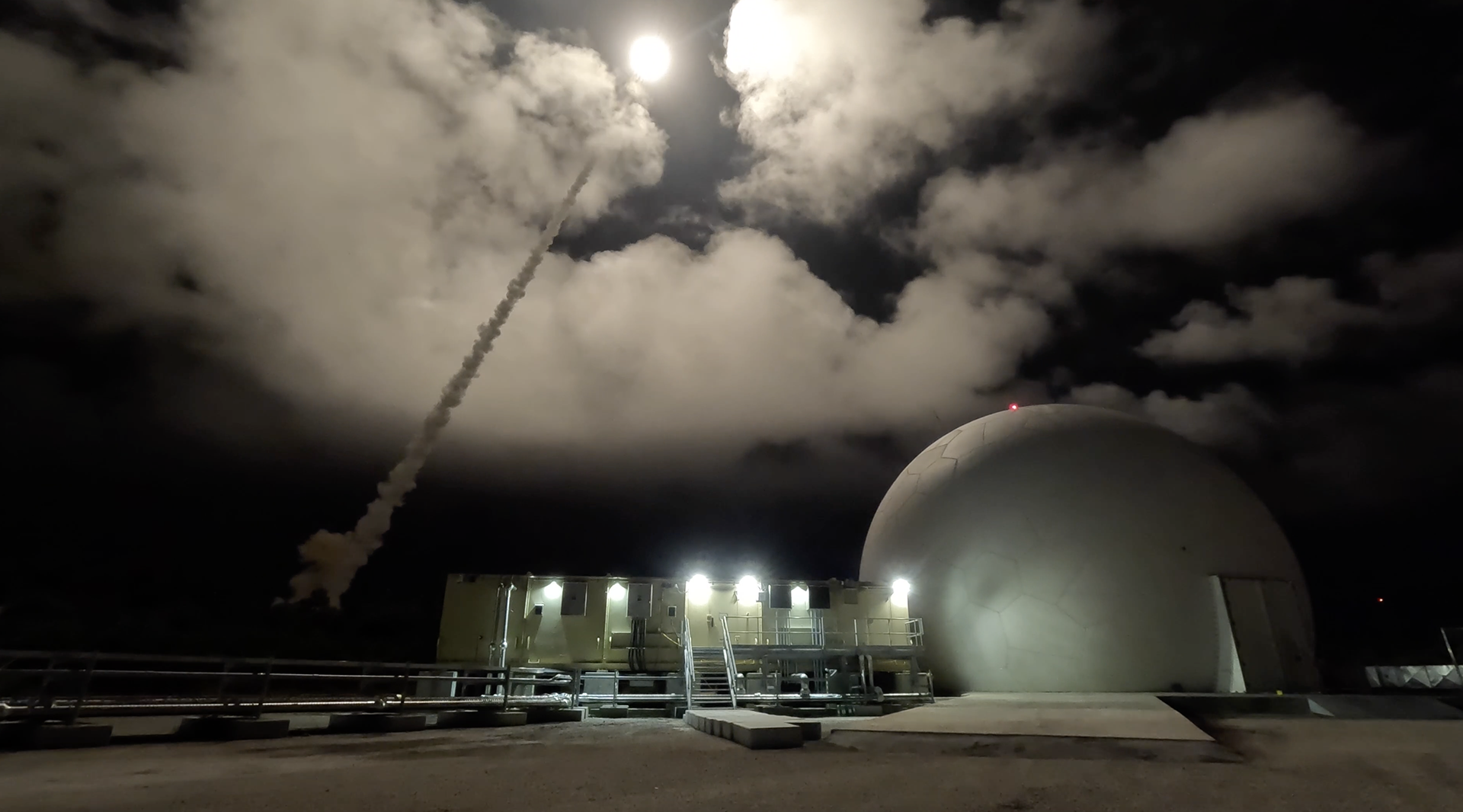The United States military has achieved a major milestone in its efforts to defend the Pacific territory of Guam, conducting its first-ever test intercept of a ballistic missile from its Guam-based missile defense system.
The test, executed on December 10, is a key step toward strengthening the region’s defenses against emerging threats, particularly given increasing tensions with China.
The test, held just off the coast of the US territory, was planned to assess the effectiveness of a key component of the island’s evolving air and missile defense architecture.
Rear Adm. Greg Huffman, commander of Joint Task Force-Micronesia, described the event as a “critical milestone,” noting the significance of confirming the military’s ability to detect, track, and engage incoming missiles.
“It confirmed our ability to detect, track, and engage a target missile in flight, increasing our readiness to defend against evolving adversary threats. The event’s success is a testament to the incredible work of the team both within the DoD and the Government of Guam,” said Rear Adm. Greg Huffman.

The intercept test involved the use of the Aegis air defense system, which tracked an incoming air-launched medium-range ballistic missile using the new AN/TPY-6 radar. The missile was launched over the ocean near Andersen Air Force Base in Guam. Once detected, the system deployed a Standard Missile-3 Block IIA, successfully intercepting the missile in flight.
This test also marked the first live ballistic missile engagement using the AN/TPY-6 radar, a new radar system designed specifically for Guam’s defense architecture.
Delivered earlier this year, the AN/TPY-6 radar uses technology derived from the Long-Range Discrimination Radar in Alaska. It tracked the target from shortly after launch until the successful interception, providing critical data for further system integration.
The Pentagon’s focus on developing this capability reflects the island’s strategic importance as a key US military outpost in the Pacific. The Guam missile defense system is expected to evolve further with future tests and the eventual deployment of more advanced technologies.
“This is a tremendous group effort and provides a glimpse of how organizations within the Department of Defense have come together to defend our homeland Guam now and in the future,” Lt. Gen. Heath Collins, Missile Defense Agency (MDA) director, said in the statement. “Collectively, we will use this to build upon and validate joint tracking architecture and integrated air and missile defense capabilities for Guam.”
U.S. Military Seeks To Build Integrated Shield Against Growing Threats From China
The MDA has called the recent test a “pivotal step” in advancing the Guam Defense System (GDS), a comprehensive and layered network designed to counter multiple threats simultaneously.
Often referred to in military documentation as the Enhanced Integrated Air and Missile Defense (EIAMD) system, the GDS will feature up to 20 advanced air defense sites equipped with surface-to-air interceptors, radars, and other assets to guard against potential attacks, particularly in the event of a conflict with China.
While the final structure of the Aegis Ashore system on Guam has yet to be finalized, the MDA has indicated it will be more distributed than earlier iterations. This could include deploying components in fortified underground facilities or mobile ground platforms to enhance resilience.
The MDA said that the data gathered from the latest test will also feed into continued concept development, requirements validation, and modeling for the future Guam Defense System, or GDS. The system will integrate components from various military branches.

A three-star general from the Army’s Rapid Capabilities and Critical Technologies Office now leads a joint team that drives the project forward. The MDA’s current focus is on developing the framework to integrate the various systems within the GDS.
A combined command center is being established on Guam to house critical command and control systems, MDA Director Lt. Gen. Heath Collins said earlier this year. This facility will host the Army’s Integrated Battle Command System, the Navy’s Aegis weapon system, and the Air Force’s command-and-control system, among others.
The GDS will also incorporate cutting-edge technologies from systems still under development. The Navy will contribute capabilities from its Aegis system. At the same time, the Army will deploy existing assets such as the Patriot missile defense system and its Integrated Battle Command System, which connects sensors and weapons across the battlefield.
The Army is also introducing newer technologies, including Mid-Range Capability missile launchers, Indirect Fire Protection Capability launchers, and the Lower Tier Air and Missile Defense Sensor, which will replace the Patriot radar.
The timeline for fully completing the GDS remains uncertain, but officials aim to have some components operational by 2026. This defensive framework is considered critical, given the possibility of large-scale missile attacks from China in a conflict scenario.
- Contact the author at ashishmichel(at)gmail.com
- Follow EurAsian Times on Google News




